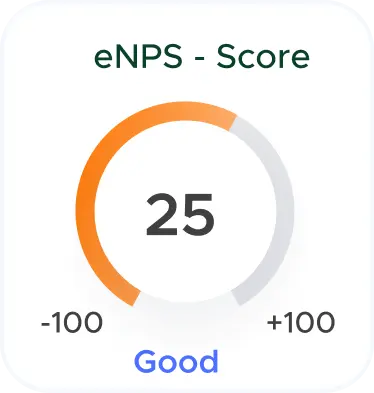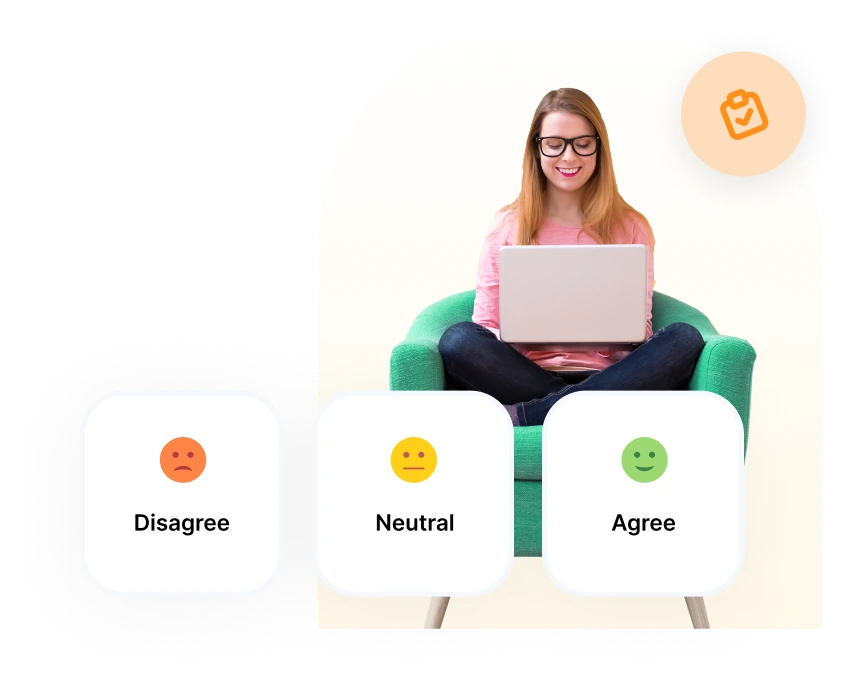AI Communication
AI communication marks a revolutionary step in the way we interact with technology, transforming it from a passive tool to an active participant in our daily conversations.
This field encompasses the development and use of AI systems capable of understanding, processing, and responding to human language in a way that is both meaningful and contextually appropriate.
From chatbots that provide customer support to virtual assistants that manage our schedules, AI communication tools are increasingly becoming integral to both personal and professional realms.
What are the key elements of effective AI communication?
Effective AI communication involves the use of artificial intelligence systems to interact with users in a manner that is both efficient and human-like, enhancing user experience and operational efficiency.
The key elements include:
1. Natural language processing (NLP)
This technology enables AI to understand and interpret human language, allowing it to comprehend inquiries and respond in a way that users can understand easily.
2. Contextual understanding
AI systems must be able to understand the conversation's context. This involves memory of previous interactions and the ability to connect current queries with past information to provide coherent and contextually relevant responses.
3. Personalization
AI should be able to personalize interactions based on user data. This means adjusting communication style, recommendations, and responses according to individual user preferences, history, and behavior patterns.
4. Real-time response
Effective AI communication requires the ability to process requests and deliver answers in real-time, ensuring that user inquiries are addressed promptly and efficiently.
5. Scalability and integration
AI communication systems should be scalable and easily integrated with existing digital infrastructure, including CRM systems, databases, and other operational tools to provide seamless service across all channels.
6. Continuous learning
AI systems should have the capability to learn from interactions and evolve over time. Machine learning algorithms can help AI adapt to new information, improve answers, and better handle complex queries.
7. Ethical and secure communication
AI should be designed to adhere to ethical guidelines and maintain user privacy and data security, ensuring that all interactions are secure and compliant with relevant regulations.

.svg)













.svg)



.svg)
.svg)